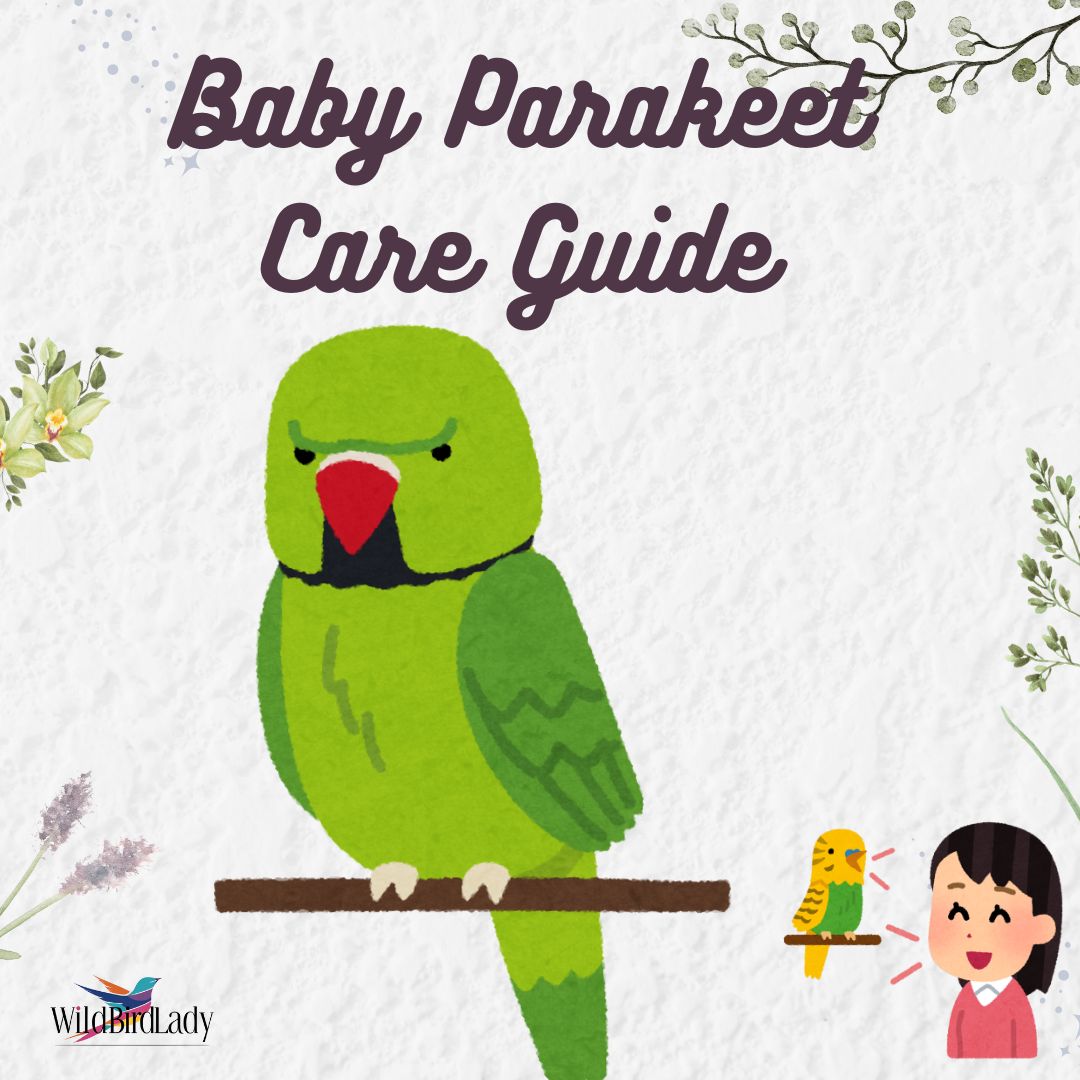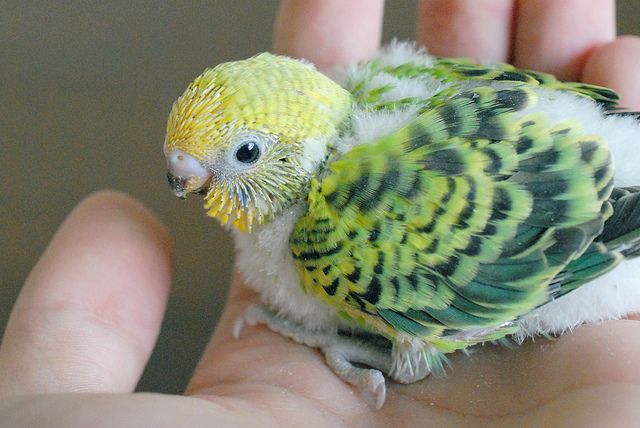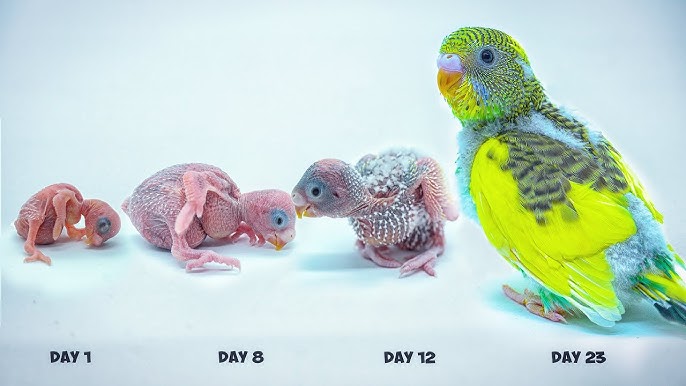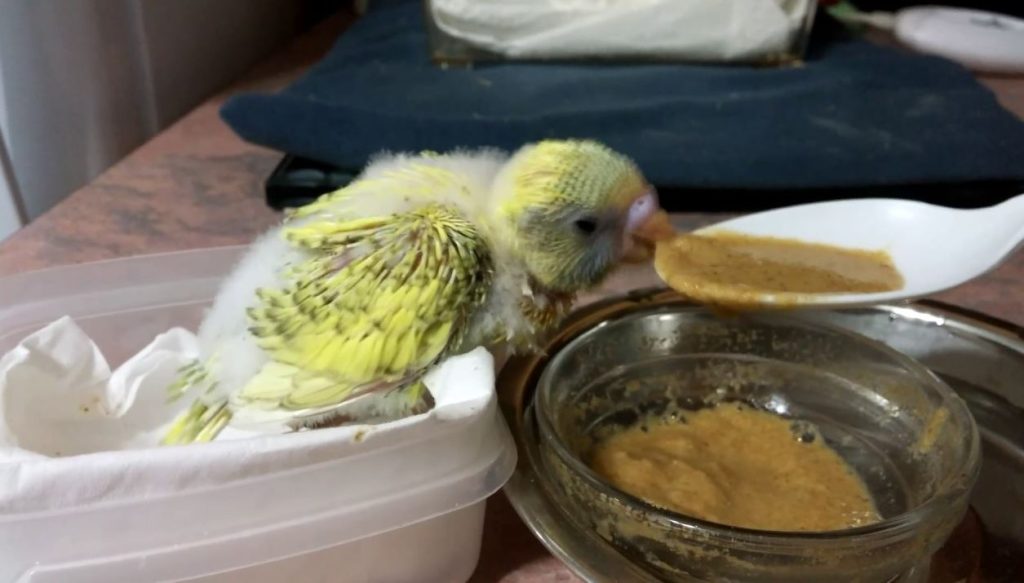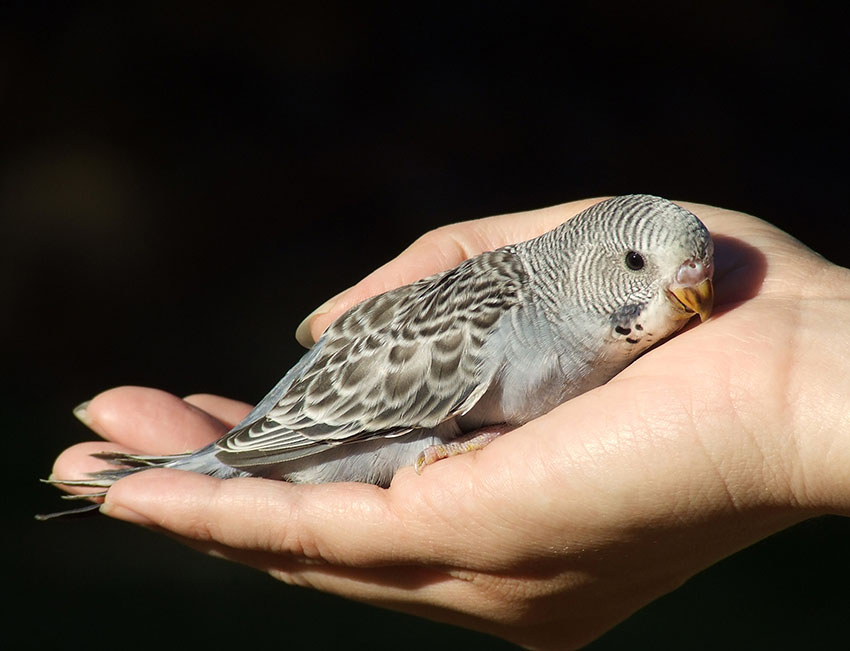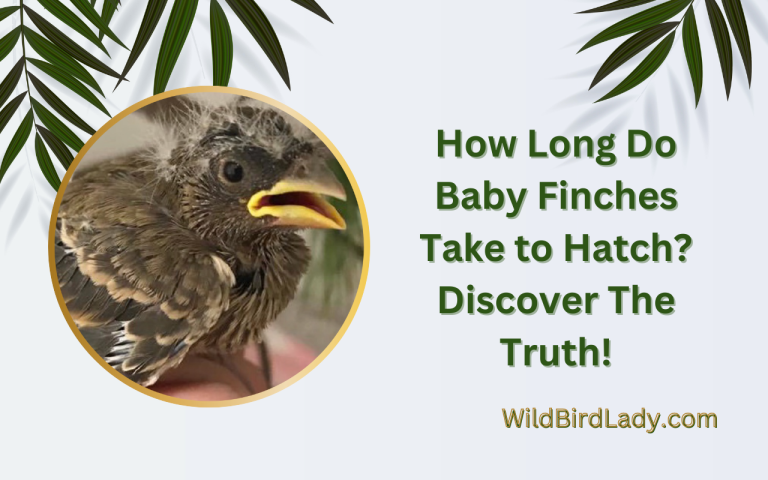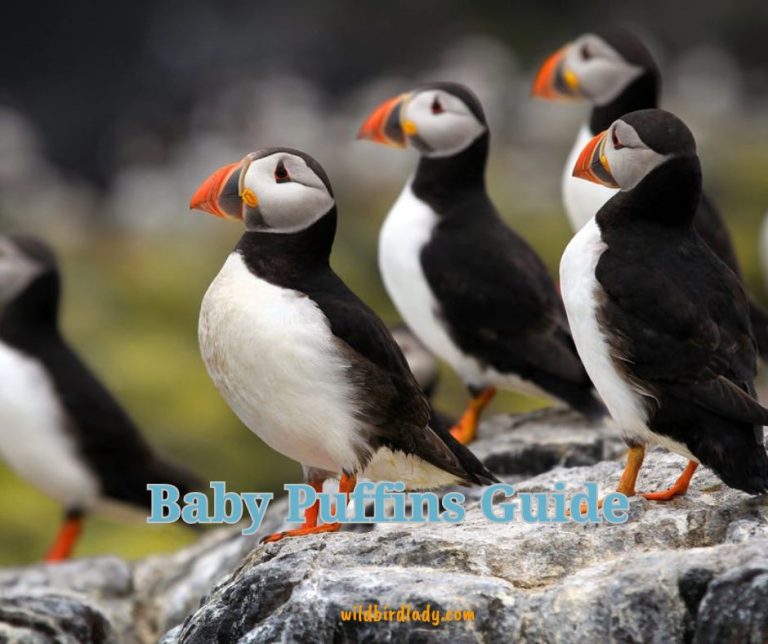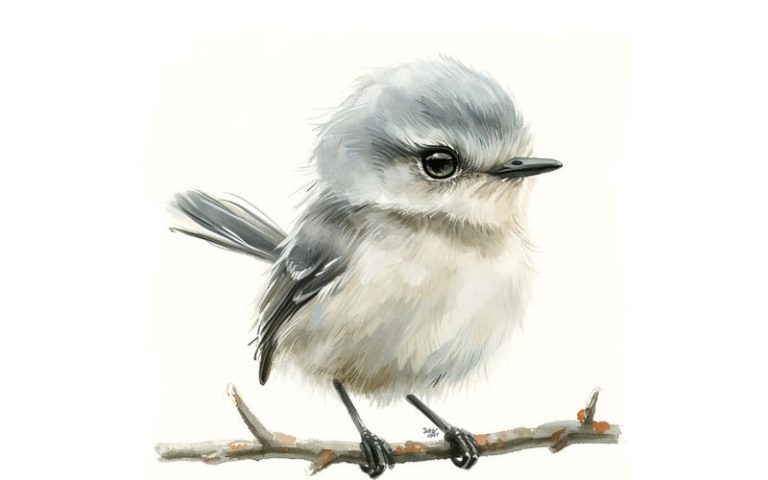Baby Parakeet Care Guide
As a birdwatcher with over 13 years of experience, I’ve observed countless bird species, but few are as enchanting and delicate as the baby parakeet, also known as a budgie chick. Watching these tiny creatures grow and thrive is one of nature’s most rewarding spectacles. In this comprehensive guide, I’ll share insights into their appearance, development stages, diet, behavior, and how to care for these fragile yet lively birds.
What Does a Baby Parakeet Look Like?
Baby parakeets hatch from small, white eggs after approximately 18 days of incubation. At birth, they are blind, featherless, and highly dependent on their parents for warmth and food. Their skin is transparent, giving them a pinkish hue, and their tiny bodies are delicate, weighing just a few grams.
Within a few days, their eyes start to open, revealing curious, dark beads that begin exploring their surroundings. Soft downy feathers soon appear, usually around five to seven days after hatching, initially sparse and then becoming denser.
By three weeks, budgie chicks display hints of their future feather coloration, providing the first clues to their eventual vibrant appearance.
Developmental Stages of Baby Parakeets
Understanding the developmental timeline of a baby parakeet helps caretakers provide the best support. Each week marks critical changes in their growth and behavior:
Week 1: Newborn and Helpless
- Hatchlings are blind, deaf, and featherless.
- They rely entirely on their parents for warmth and nutrition.
- Their heads are disproportionately large compared to their bodies.
- Feeding occurs every 2–3 hours, mainly through regurgitated crop milk.
Week 2: Eyes Begin to Open, Early Feathers Appear
- Around day 7–10, eyes start to open. Some may open one eye at a time.
- Feathers begin emerging as pin feathers (also called “blood feathers”)—thin shafts that later unfurl into soft down.
- Chicks grow rapidly during this stage and become slightly more coordinated.
Week 3: Developing Curiosity and Feather Growth
- Most chicks now have both eyes open.
- They begin reacting to stimuli—sounds, light, and movement.
- Wing flapping begins, a precursor to flight training.
- Down feathers become denser, and primary wing feathers (flight feathers) begin showing color.
Weeks 4–5: Increased Mobility and Exploration
- Parakeet chicks start standing and walking unsteadily around the nesting box.
- Feather coverage is about 80–90%, including tail feathers.
- They begin peeking out of the nesting box and may start nibbling at soft food provided by their parents.
- Social interaction increases as they chirp and beg for food.
Week 6 and Beyond: Fledging and Independence
- At six weeks, chicks typically leave the nest (fledge), though timing may vary slightly depending on individual development.
- They learn to fly by practicing short flights and refining coordination.
- Feathering is nearly complete; they resemble miniature adult parakeets but with duller colors.
- Weaning begins. Chicks start eating seeds, fruits, and soft vegetables on their own while still being fed by parents occasionally.
According to the Merck Veterinary Manual, this fledging stage is critical for both motor skill development and dietary transitions. Ensuring a safe environment and proper nutrition at this point lays the foundation for a healthy, sociable adult parakeet (Merck Vet Manual).
What Do Baby Parakeets Eat?
Initially, baby parakeets rely entirely on their parents, who regurgitate nutrient-rich crop milk and partially digested seeds. After about three weeks, chicks begin exploring solid food. Offering soft, easily digestible foods like sprouted seeds, finely chopped vegetables, and commercial baby bird formula ensures healthy development.
According to avian nutrition experts at Cornell Lab of Ornithology, providing diverse foods rich in vitamins and minerals significantly contributes to a baby parakeet’s health and feather quality.
Common Behaviors and Vocalizations
Even as chicks, parakeets are remarkably social creatures. From their earliest days, they communicate using soft, high-pitched chirps that serve as contact calls to parents and siblings. These vocalizations help maintain bonding within the nest and also signal hunger or distress.
By the time they reach four to six weeks of age, juvenile parakeets begin to experiment with a wider range of sounds. This is the stage where you might hear varied warbles, trills, or even attempts to mimic environmental sounds. These vocal developments are crucial for later adult communication and social integration.
Parakeet chicks also use body language to express themselves. They may bob their heads, puff their feathers slightly, or nuzzle their siblings or caretakers. Exploring the environment with their beaks is a form of learning and comfort-seeking behavior.
Observing and listening to these early vocalizations not only enhances bonding but can also provide insights into the chick’s emotional and physical state.These playful chicks exhibit curiosity, frequently exploring their environment using their beaks.
How to Properly Care for Baby Parakeets
Housing and Warmth
Baby parakeets require warmth, typically between 85°F to 95°F during their first two weeks. Gradually reduce the temperature as feathers develop. A nesting box lined with soft bedding material, like unscented paper towels or nesting fibers, helps maintain comfort and hygiene.
Feeding Techniques
If hand-feeding becomes necessary, use specialized bird formula heated to approximately 102°F. Feed gently using a small syringe or spoon, ensuring the chick eats willingly to avoid aspiration. Feedings occur every 2-3 hours during initial weeks, gradually reducing frequency as they grow.
Hygiene and Health Monitoring
Regular cleaning of nesting areas prevents bacterial growth and infections. Monitor chicks daily for signs of illness, such as lethargy, loss of appetite, or abnormal droppings. Consulting an avian veterinarian immediately if any concerns arise ensures rapid and effective treatment.
Common Challenges and Solutions
Abandoned Chicks
Occasionally, parents might abandon their chicks due to stress or inexperience. If chicks are left unattended for prolonged periods, intervention becomes necessary. Hand-rearing is demanding but rewarding, requiring commitment to frequent feedings and warmth maintenance.
Nutritional Deficiencies
Improper diet can lead to stunted growth or deformities. Supplementing with avian-specific vitamins and minerals, as recommended by veterinarians, helps ensure proper development and feather quality.
When Do Baby Parakeets Leave the Nest?
Typically, baby parakeets fledge between four to six weeks of age. Initially clumsy, fledglings quickly become proficient fliers with practice. Ensure a safe environment free from hazards like open windows, fans, or other pets during this critical period.
Creating a Bond with Your Baby Parakeet
Early interactions significantly influence trust and bond development. Gentle handling, speaking softly, and spending regular, calm moments together foster a secure and affectionate relationship, lasting through adulthood.
If you’re interested in bonding tips for other parrot species, you might enjoy these helpful guides:
- Pet Lovebirds: 12 Steps to Deepen Your Bond with Your Feathered Friend
- How to Bond with Your Parrotlet: 7 Trust-Building Tips That Really Work
- How to Get Your Pet Cockatoo to Trust You: A Step-by-Step Bonding Guide
- 10 Fun Activities for Nurturing Your Relationship with Your African Grey Parrot
These articles offer species-specific strategies to deepen the human-bird bond and can complement your experience with baby parakeets beautifully.
Conclusion
Baby parakeets are captivating, delicate creatures that require attentive care and understanding. Observing their journey from tiny, helpless hatchlings to playful, vibrant birds is profoundly rewarding. Equipped with knowledge and patience, caretakers can provide these delightful birds with the optimal start to life, ensuring many joyful years together.
Read also: Top 25 Popular Parakeet Species (with Photos & Care Tips)
FAQs
Q1: What is a baby parakeet called?
A baby parakeet is commonly called a budgie chick or simply a chick. As it grows, it’s often referred to as a juvenile parakeet.
Q2: How do you take care of a baby parakeet?
Provide warmth (85°F–95°F), hand-feed with bird formula if needed, maintain a clean nest, and monitor health closely. Consult a vet for any issues.
Q3: When do baby parakeets start eating on their own?
Most baby parakeets begin eating soft solid food around 4–5 weeks old, though full weaning usually completes by 6 weeks.
Q4: How can I tell if my baby parakeet is healthy?
Healthy chicks are active, chirp regularly, have clear eyes, and display consistent weight gain. Watch for abnormal droppings or lethargy.
Q5: Can you tame a baby parakeet?
Yes! Baby parakeets are more receptive to bonding. Gentle handling, a calm voice, and consistent interaction help build trust.
Q6: When do baby parakeets start flying?
Baby parakeets usually fledge and begin short flights at around 6 weeks of age, depending on their development and environment.
Q7: What should I feed a baby parakeet?
Young chicks rely on regurgitated food from parents. For hand-feeding, use baby bird formula. Gradually introduce soft seeds and veggies after 3 weeks.

